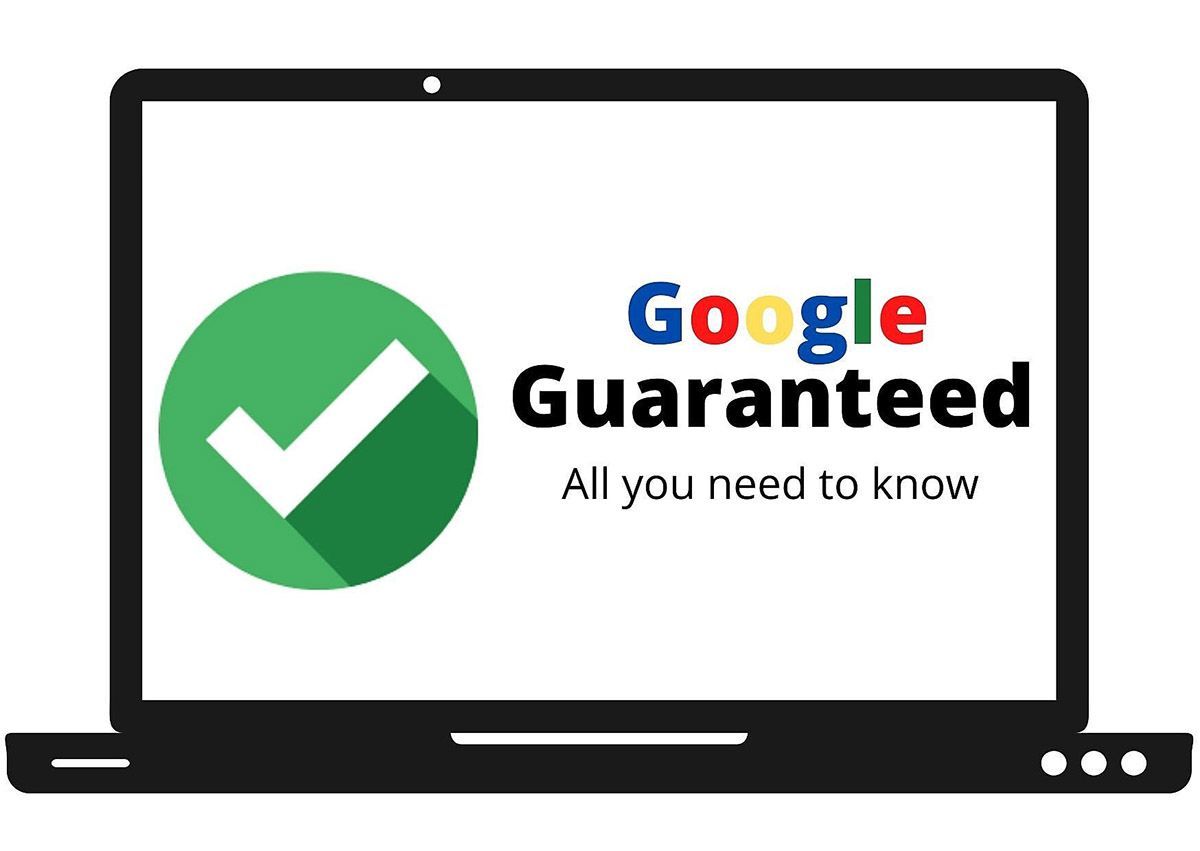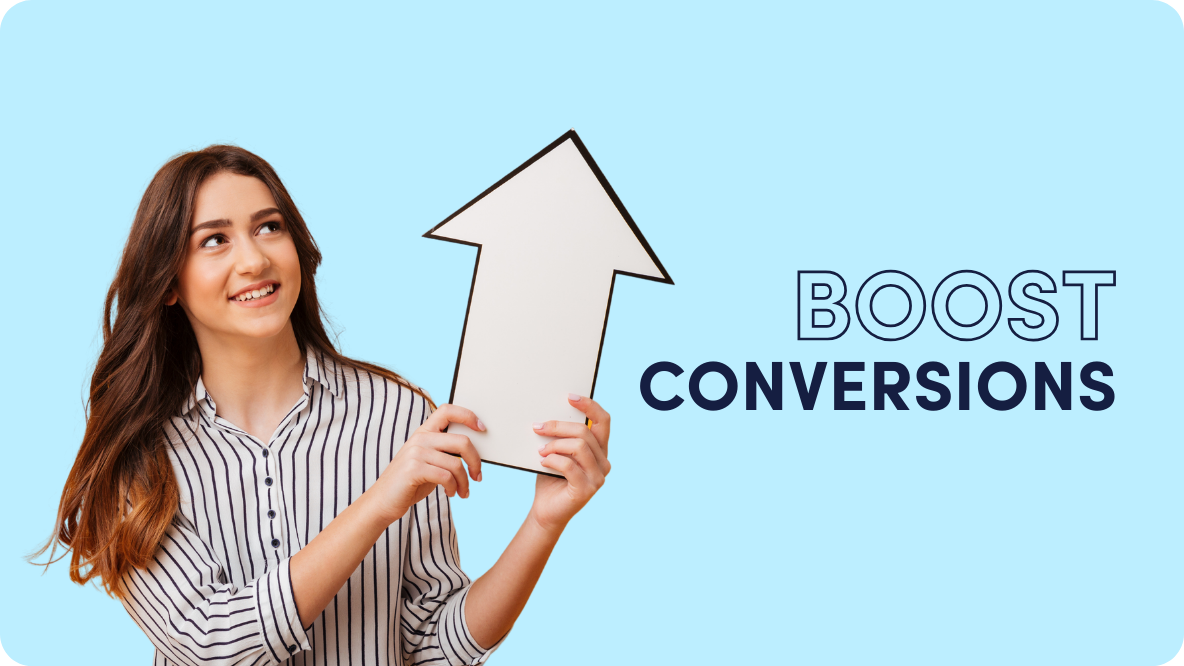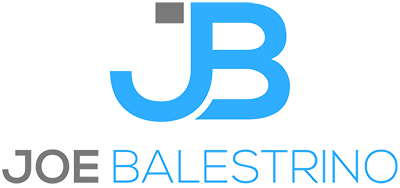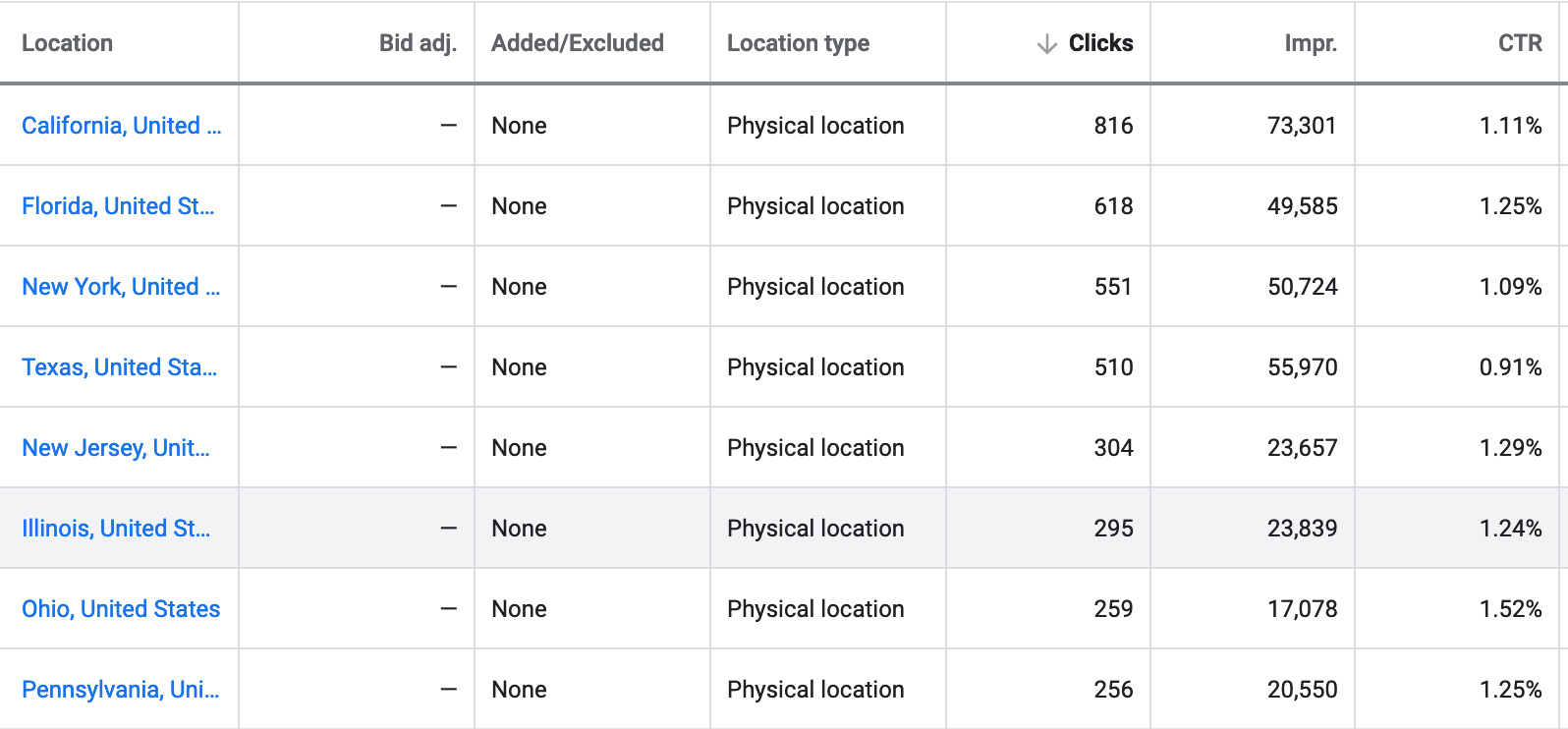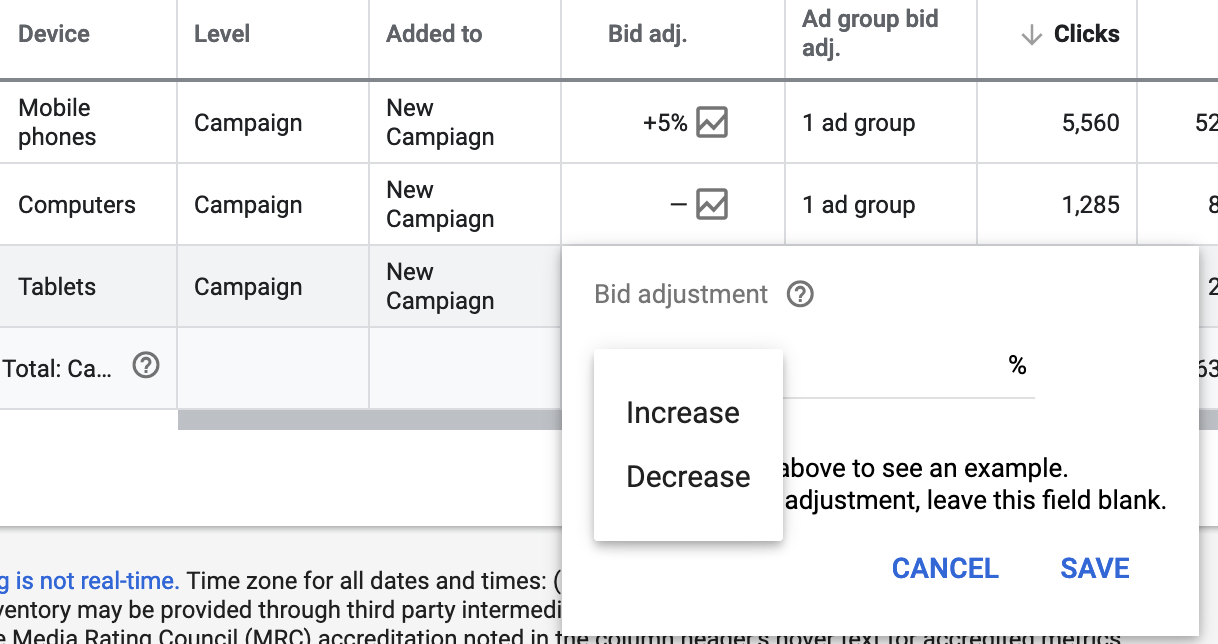How Do Google Shopping Ads Work
Do Google Shopping Ads Work?

Yes, Google Shopping Ads work which is why they have been growing exponentially as compared to normal text ads. According to Digital Marketer, Google Shopping Ads have a 130% higher conversion rate as compared to normal text ads. Forbes reports that eCommerce retailers spent 47% more on ads in 2015 as compared to 2014 which says something about their effectiveness.
Since they feature a price and product image, they tend to stand out from the search results and Google once reported that they can result in conversion rates up to 300% greater than those of text ads. However, there are several reasons why Shopping Ads work so well.
Why Google Shopping Ads Are Effective
If you’re considering using shopping ads to help boost revenue but aren’t convinced I’ve outlined some of the benefits here. Keep in mind that proper management of both shopping and regular Google Ads require proper management in order to be successful.
➡️ Your brand and products in the Spotlight - Regardless of whether you are an established brand or a small business seeking to make a name for yourself, appearing at the top of the search engines is great for creating familiarity with the brand and its products. Moreover, since the ads are shown according to searcher keywords, your products will be displayed to customers already interested in what you are selling.
➡️ Better ROI - Since searchers who are shown the product are already further along in the purchase intent scale, the conversion rates tend to be higher than for ads. According to 3dcart, Google Shopping ads have up to 23% lower cost per click and 26% better conversion rates as compared to normal text ads. The better ROI means that you will have more money to spend on your marketing budget.
➡️ Higher Click-Through Rates - In addition to the potential clients being further along the purchasing intent pipeline, higher click through rates will also be driven by formatting aspects of Shopping Ads. Star ratings, product images, shipping times, discounts and other formatting elements make ads very appealing to click on over their text-based counterparts.
➡️ Easy Management and More Accurate Targeting - You do not have to research keywords like you would with text ads as Google Shopping ads will display your ads according to the product data fee you provided. Once you have set up your Google Shopping Feed in the Google Merchant Center account you can craft your product data and then use an automatic Google Shopping Feed app to collect product data directly from the store.
The feed will have all the product data including ratings, product images. Since you are not using keywords, the algorithm will do all the work of matching keywords according to the product you provided, which reduces inefficiencies that may arise from keyword selection processes of text ads.
➡️ Broader Reach - Since the algorithm is choosing the keywords for which your products are appearing on the search results, it may include them in keyword searches that you may never have thought of. For instance, when somebody searches for sneakers, you could also be listed on the search results if your store sells shoes or cross-trainers. With Google Ads, you would have had to bid on all, three synonyms to stand a chance for showing up on the results. This is great if you have a massive inventory of products.
➡️ Automatic Updates - By setting up an automated product feed, the Google Shopping Campaign algorithm will provide automatic updates of the inventory in your store. As such, you will not waste ad spend on products that are out of stock or ones you no longer sell. The feed will also update your feeds with new products and automatically run campaigns without you having to do it manually.
➡️ Better competitive and Reporting Metrics -
You can always log into your Google Shopping Campaigns and check out the performance of your campaigns by product attributes or products. You can segment and filter your data by product attributes such as item id, product type, condition, brand, and category. You also get access to competitive metrics of your competitors including CPC and CTR, so that you can come up with a cost-effective strategy right from the start.
How Much Do Google Shopping Ads cost?
This is a common question that many people that are new to shopping Ads typically ask. It is a reasonable question since they want to know how much they will be expected to spend and if they have the budget for it. However, there is no definite answer on how much it will cost since it often depends on a number of factors and you could spend as much as $1,000 a day or as little $1 if that is what you want to spend. These factors include:
➡️ The Auction System - When a user types a search query, an ad auction begins with Google determining which advertiser has products that closest match those keywords that were entered in the user’s query. The auction determines the Ad Rank including the determination if an ad will be included, and if it is included, the position it will take. The Ad Rank is typically determined by product availability and maximum bid.
➡️ Control Over Ad Spend - Some users will have a budget that they assume will last them the whole month then get the shock of their lives when they find they blew it in the first two weeks. This is what makes money people quit PPC, believing that it is too expensive. However, ad control can be controlled through several ways that include:
➡️ Budgeting for Ad Spend - You need to plan a monthly budget that typically involves a breakdown of the daily budget. Once you set your maximum cost per click you will not be charged more than that but you could get clicks for less. Google will typically stop serving your ads once you hit your ad spend limit.
➡️ Ad Scheduling - Ad scheduling involves specifying the times when you want customers to be shown your ads. Note that your ads will still be subjected to the auction prices even if you have selected a time for them to be shown.
➡️ Geotargeting - You can specify the geographical location where your ads will be shown. These could be from as small as a three-block radius from your location or as large as a state or province. This could be effective for capitalizing on mobile shopping trends.
➡️ Device Targeting - With mobile having overtaken desktop as the most used device for search, it is critical to determine where your leads are coming from. You can always specify how much of your ad spend will be dedicated to mobile or desktop depending on how many conversions you are getting from that channel.
➡️ The Amount of Competition -The more generalized your products are the more aggressive you’ll need to be on your bidding. Higher ticket items will also drive up your cost per click as the amount of profit to be made is greater than that of lower-cost items.
➡️ Size of the Business - The amount of product on stock will also determine how much you will pay in Google Ads costs. For instance, a merchant with 100,000 products will pay more than another with 100 products. The reason for this is that the algorithm will have a larger feed and more keywords to draw upon with the larger merchant.
What’s the Difference Between Google Ads and Google Shopping?
Google Ads are text ads that appear on Google searches typically at the top or bottom of the search results. Google Ads is an effective way of increasing reach since a lot of people use the search engine every day. With search ads, you can target specific keywords and users who are looking for certain products or services will see the ads at the top of the search results.
➡️ What is Google Shopping? - Google Shopping is similar to Adwords given that these ads also appear on the search results. However, Google Shopping Ads are products rather than keyword focused. Shopping Ads typically include price, image, description, and name of the product. Google Shopping Ads are very effective since they allow the user to compare different products to determine the best according to their needs. The highly visual nature of shopping ads also increases CTR and conversion rates.
➡️ Which One Should You Use? -The decision on what to use will depend on your circumstances and goals. Here are a few things to take into consideration.
➡️ The volume of Products in Stock – Businesses with a large volume of products are better off using Google Shopping ads. If you have thousands of products, the algorithm through a feed will automatically pull the product data and list your items for thousands of keywords thus making your set-up more efficient. Using AdWords with tons of products will be cumbersome, time-consuming and highly inefficient.
➡️ Click-Through Rates – Google Shopping Ads tend to have higher CTRs and higher conversions. Combined with the fact that they are less expensive for every click means that they provide a better ROI than Google Ads.
Do Google Shopping ads work? I would say yes! However, it comes down to how well you manage your campaign. Avoid using smart shopping as you give up total control which overtime costs you to spend more for a lower ROAS.
Need Help With Your Digital Marketing?
Speak with an expert now!

